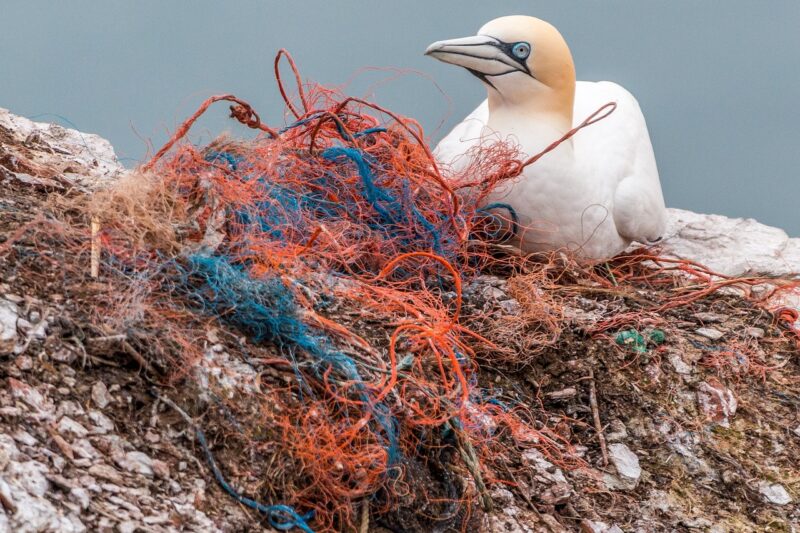How Plastic Waste Travels Through Rivers to Reach the Ocean
November 14, 2024

Plastic waste has become an alarming issue in our modern society, harming marine ecosystems and posing risks to wildlife and human health. But have you ever wondered how this plastic debris makes its way from landfills to the vast, blue oceans? In this article, we will delve into the journey of plastic waste as it navigates through rivers and eventually reaches the sea.
1. The Origins of Plastic Waste
Most plastic waste begins its journey in urban and suburban areas where improper disposal of plastic items occurs. Items such as plastic bags, bottles, straws, and packaging materials often end up on the streets, in parks, or landfills. Among the leading causes of this issue are:
- Lack of Awareness: Many people do not fully understand the impact of their waste disposal habits, leading to careless littering that results in plastic waste entering water systems.
- Inadequate Waste Management Systems: Poor infrastructure for waste collection and recycling can result in significant amounts of plastic ending up in rivers.
- Flooding and Natural Disasters: Heavy rains or catastrophic events can wash litter from streets into nearby waterways.
This uncontained plastic waste can easily find its way into storm drains, streams, and rivers, initiating its journey toward the ocean.
2. Rivers as Highways for Plastic
Once in a river system, plastic waste can be transported over long distances, often hundreds or even thousands of miles. This happens due to:
- Water Flow: The natural current of rivers moves debris downstream, picking up new pieces of waste as it flows.
- Entrapment & Accumulation: Plastic can become trapped in eddies or on riverbanks, creating hotspots of accumulation before being released during floods or seasonal high-water events.
- Debris Migration: Smaller plastic fragments can break off larger pieces, allowing them to be transported differently through the water column.
The density of rivers and their tributaries makes them highly effective conduits for carrying plastic waste towards the ocean. During heavy rain events, this transport process can be exacerbated dramatically.
3. The Oceanic Convergence
Upon entering the ocean, plastic waste becomes part of a far broader issue, leading to a build-up of marine debris. Once in the ocean, plastic can:
- Float & Spread: Due to its buoyant nature, much plastic debris, such as bottles and bags, floats on the surface, spreading across large areas of water.
- Degrade Slowly: Most plastics take hundreds of years to decompose, continuously breaking down into microplastics that infiltrate marine ecosystems and food chains.
- Entangle Wildlife: Sea animals, including turtles and birds, can become entangled in larger plastic debris, leading to injury or death.
This convergence of plastic waste in the ocean raises additional concerns concerning marine biology and overall ocean health, making it essential to address the issue at its source.
4. Geographic Impact and Major Contributor Areas
Specific regions around the world are recognized as major contributors to ocean plastic pollution. Areas directly linked to larger river systems, coupled with high population density and waste mismanagement, play a significant role:
- Southeast Asia: Countries such as Indonesia, the Philippines, and Vietnam have significant rivers that transport plastic waste into the ocean.
- Africa: Rapid urbanization coupled with inadequate waste management has led to a considerable amount of plastic waste surfacing in rivers.
- South America: Rivers like the Amazon will often carry waste into the Atlantic, clustering plastic debris, especially during rainy seasons.
Understanding the geographical connection between plastic waste production and the pathways to the ocean is crucial for developing targeted interventions to mitigate plastic waste in marine environments.
5. Solutions to Prevent Plastic Pollution
To tackle the issue of plastic waste reaching the ocean through rivers, several strategies can be employed:
- Improve Waste Management Systems: Investing in waste collection and recycling infrastructure can significantly reduce the amount of plastic that ends up in waterways.
- Public Awareness Campaigns: Educating communities about the importance of proper waste disposal can encourage individual responsibility.
- Legislation: Enforcing regulations that limit single-use plastics can dramatically reduce plastic production and consumption.
- Community Clean-up Events: Organizing local efforts to clean up polluted waterways can help remove plastics before they reach the ocean.
Together, these efforts can create a robust solution to mitigate plastic pollution effectively.
Conclusion
Plastic waste’s journey from land to ocean is a multifaceted issue that demands immediate attention. With rising awareness about marine pollution, communities and governments can work collectively to mitigate plastic waste entering our rivers and, ultimately, our oceans. By implementing effective waste management solutions, fostering awareness through education, and advocating for legislative change, we can build a sustainable future free of the perils posed by plastic waste.
Everyone can play a part in this journey to tackle plastic pollution—starting with simple actions that can cumulatively make a massive difference. Let’s become stewards of our environment and ensure the health of our rivers and oceans for generations to come.







